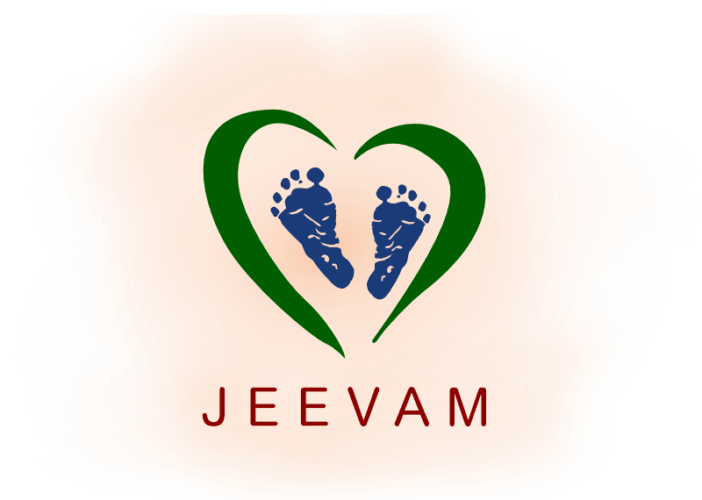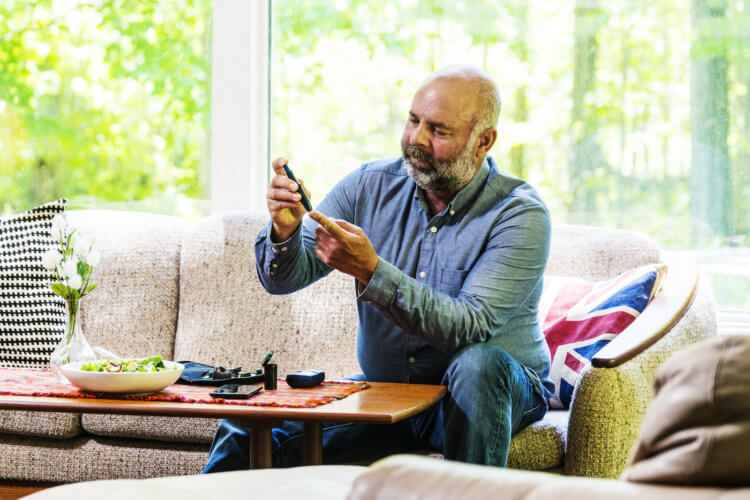During the holidays, a scrumptious feast is something to look forward to. We know how challenging this can be for the ones living with diabetes. We wanted to take time to give our readers tips and insight into maintaining your blood sugar level yet, responsibly enjoy holiday feasts with friends and family. If you or your family member is living with diabetes, you must have known that it commonly runs in the family.
No matter how complex and debilitating diabetes can be, it’s manageable with mindful planning diet and physical activity, and for some of us with added medication. Don’t forget to routinely monitor the feelings on your toes and fingers by stepping on and touching various objects. Pay attention to the numbness and tingling, if you have any. This is called diabetic neuropathy. Be sure to also check your visual acuity periodically.
Whether you have the most common type I or II, gestational, prediabetes, or rare types like monogenic, neonatal, maturity-onset, and drug/chemical-induced, it does not matter.
Make small physical activities a part of your management strategy.
You know your body best to find a balance. Everybody is unique, just as the fingerprint, so learn your body’s response to physical activity and diet. Try monitoring your sugar level after various meals and after various indoor (as well as outdoor) physical activities.
Prediabetes is what occurs before people develop diabetes, where they almost always have blood sugar levels that are higher than normal but not yet high enough to be diagnosed as diabetes. In this case, physical activity is imperative to manage and control it and reduce the risk of diabetes. Starting off with small changes will work, as long as there is a higher goal to reach in the long-term.
To learn more info on your diabetes type, visit the American Diabetes Association’s website: diabetes.org. To learn how to individualize your physical activity, Contact Us today!
Let us help you with your plan!
The American Diabetes Association (ADA) says, “however you want to do it—taking regular walks around the block, going for a run, or signing up for a marathon—getting started is the most important part.” Whereas, we know only some of us can follow this, so we say if you’re not the type doing exercise daily, then you are not alone. Trying to plan out an ambitious exercise routine is going to look good on paper only, just like infamously abandoned new year resolutions. However, making a conscious effort to do small things at home can add up to adequate physical activity for the day.
Here are some general tips to increase physical activity around the holidays:
- Have a fitness tracker app on your smartphone, or wear a or smartwatch/Fitbit to help guide you and track how effective you’re being with your activity.
- Take a break when you’re watching TV! Stand up and flex a muscle in each commercial break.
- Enjoying a Netflix binge with the family? Set an alarm to move after a period of sitting; small changes like standing for 1-2 minutes will help a great deal.
- Go the long way! If you have the option- choose to use the bathroom on a different floor or further away from you. This will force you to get more steps in throughout the day.
- Stay hydrated. We all know drinking plenty of water is good for our health, why not drink water to support managing our diet and exercise this way.
- Work for it! Make an excuse to move around the house by stashing your daily needs such as eyeglasses, water bottles, or your smartphone in a different room- one room altogether, or better yet- different items in separate rooms.
- For example: Before you sit down to read a magazine or watch TV, you must go to get water from the kitchen, eyeglasses from a different room, the TV remote from another room. If you have the option, incorporate rooms upstairs! Going up and down the stairs will be a bonus. Be sure to return the items back to those distant places after you are done with that activity.
Remember, when you’re active, your cells become more sensitive to insulin, so they work more effectively. If you’ve never run on a treadmill or pushed an elliptical, that’s okay! You can start by doing something as simple as walking up and down steps at home. If you haven’t been very active, or are worried about your health, it’s important to consult your doctor first, then your dietician to manage your diet, and your physical therapist to plan your physical activity, and start slowly.
You’re not alone!
If you prefer the company of others or want to involve your family in your efforts, go for it! Start a peer group to join together in a motivating way and manage your daily physical activity. Get the family together and take a stroll around the neighborhood. Engaging your mind on one task and doing physical activity, such as pacing while talking to a friend, can add a few steps to your daily activity that you won’t even realize.
Don’t forget about self-care! Perform a self-massage routine with lotion or daily-moisturizer for a few minutes. It will be therapeutic as well as adding a little exercise to your daily physical activity goal. It might prolong the time that you use to take a shower, but if you think you’re working on decreasing your A1C, that won’t be so bad, right?
As we age, we may find our muscles and joints don’t work so well.
When it hurts to move, it’s natural to avoid pain by trying not to move altogether. There are ways to stay active and avoid the pain you’re used to. If you can’t move one part of your body, there are many other ways to move and get the same benefit.
Let us help!
Consult a physical therapist at Jeevam Therapy to design a personalized strategy that works for you!
Stuck at home?
We can see you virtually, from the comfort of your home!
Book a teletherapy session with us today!




